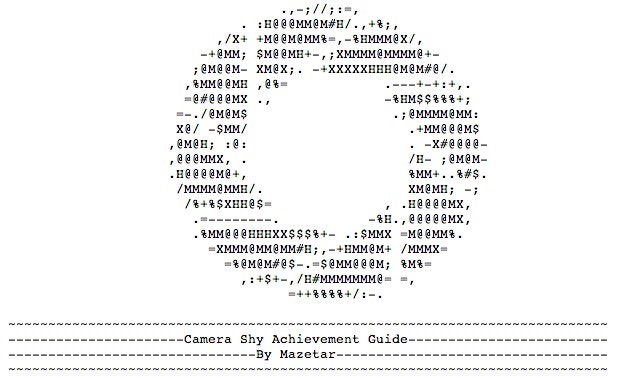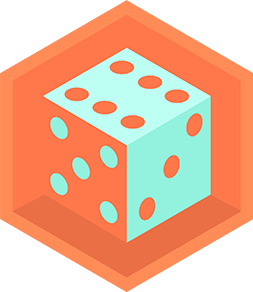Write a guide explaining a game
Write and illustrate a clear guide explaining a simple playground game, describing rules, goals, materials, and step-by-step instructions for others to play.



Step-by-step guide to write and illustrate a playground game
Animal Adventures for Kids | 60+ Minutes of Fun! | Hey Duggee
Step 1
Pick one simple playground game you love or want to teach and say its name out loud.
Step 2
Write a short fun title for your guide at the top of the paper.
Step 3
Write one clear sentence that explains the goal of the game (what players try to do).
Step 4
Write a short list of the materials players need to play the game.
Step 5
Write four simple rules that tell players what they must do and what they must not do.
Step 6
Write four short step-by-step play instructions that show how a round of the game works.
Step 7
Draw a simple picture that shows the play area or how to set up the game.
Step 8
Add a small illustration next to each rule or instruction to make it easy to understand.
Step 9
Use your colouring materials to colour headings and pictures so the guide is bright and easy to read.
Step 10
Write one brief safety tip and one suggested age range for the game.
Step 11
Add a short example round that shows how players take turns or score points.
Step 12
Read your guide out loud and fix any words that are hard to understand or spelled wrong.
Step 13
Fold or staple your pages into a neat booklet so others can hold and read it easily.
Step 14
Share your finished guide and pictures on DIY.org so other kids can learn your game.
Final steps
You're almost there! Complete all the steps, bring your creation to life, post it, and conquer the challenge!


Help!?
What can we use if we don't have colouring materials or a stapler?
If you don't have colouring materials, use cut-up colored paper, stickers, or crayons from a neighbor, and if you don't have a stapler fold the pages into a booklet or tape the spine as an alternative to the 'Use your colouring materials' and 'Fold or staple your pages' steps.
My written goal and rules sound confusing—how can we fix them?
Follow the 'Read your guide out loud and fix any words' step, shorten the goal to one clear sentence, turn long rules into four short phrases with a small illustration next to each rule, and try an 'example round' to see if players understand.
How can we adapt this activity for younger or older children?
For younger kids, simplify by making the goal and each of the four rules a single short sentence with big drawings and fewer materials, and for older kids add extra rules, a scoring system in the 'Write a short example round' step, or more detailed step-by-step play instructions.
How can we extend or personalize our finished game guide?
Personalize the booklet by adding players' names and photos, include alternative rule variations on the back page, decorate the cover with your colouring materials and stickers, and then share the colored, folded guide on DIY.org as the final step suggests.
Watch videos on how to write and illustrate a playground game
Fun Animals for Kids
Facts about designing playground games for kids
🎨 A single clear illustration can show a rule or position faster than a long paragraph—pictures speed up learning.
🎲 Game design tip: simple win conditions (like “first to 5 points”) make rules easier for kids to learn and remember.
🧰 Many classic playground games need only everyday items—chalk, a ball, rope, or a timer are often enough.
🧒 Play is a universal activity—children use games to learn social rules, language, and problem-solving across cultures.
🛝 Public playgrounds became common in cities in the late 1800s and early 1900s to give kids safer places to play.
How do I write and illustrate a guide for a simple playground game?
What materials do I need to write and illustrate the playground game guide?
What ages is this activity suitable for?
What are the benefits, safety tips, and variations for making a playground game guide?


One subscription, many ways to play and learn.
Only $6.99 after trial. No credit card required



